It’s the kind of place you’d never guess is peaceful. It’s where the great Atlantic Flyway of migrating birds meets the New Jersey Turnpike of commuters, truckers, and travelers. On one side is the turnpike, its several lanes on each side heading north and south, an endless whizzing-by parade of cars, trucks carrying goods bound for destinations up and down the coast, and buses heading to Upstate New York. It’s adjacent to a shopper’s paradise of big-box stores, circuitous roads, traffic lights, and parking lots. A Wal-Mart flanks the other side of the highway.
On this side, however, is a lush wetland of marsh, a tidal creek, grasses, craggy limbs and trunks, afternoon sunlight accenting the russet and gold of autumn, and birds – many, many birds. Sometimes, it’s hard to even remember that this entire area once was a natural paradise before it became pavement, a human choice that singer Joni Mitchell caught so well in “Big Yellow Taxi” – “they paved paradise and put up a parking lot.”
Then, however, comes a moment in the Mill Creek Marsh that brings only quiet and the feeling of the wind caressing grasses, and one remembers. Yes, it’s an estuary somehow persisting and thriving right up against every kind of assertive dominate-the-earth development of mankind. It’s the Meadowlands. Relatively speaking, the Mill Creek Marsh Trail is small compared to the shopping places, sports complexes, highways, service stations, train tracks, dumping grounds, and everything else manmade that makes the Meadowlands feel like a place where all humanity congregates and moves together.
But make no mistake – this marsh is natural, tranquil, and beautiful, 200-plus acres along Mill Creek, a tributary of the Hackensack River. It includes the 1.5-mile trail along Mill Creek Marsh that I explored and the nearby three-acre Mill Creek Point Park. It’s a success story in the sense that the New Jersey Meadowlands Commission purchased this area from Hartz Mountain Industries in 1996. Instead of the 2,750 townhouses that Hartz Mountain wanted to build here, the Meadowlands Commission enhanced the estuary, restoring the wetlands and re-establishing tidal flows. Moreover, it’s a unique oasis of peace and beauty in the Meadowlands, where humankind has so altered a natural habitat. What would this place be like with townhouses all over it?
Many who travel through, attend games, and shop in the Meadowlands may not even be aware of this pristine spot. I came to know of it only by spotting a few walkers – not many at any one time – while riding on the Trailways bus along the New Jersey Turnpike. I often wondered: What is that place? And there’s very little signage once you get off the turnpike or Route 3 to even know it’s here. Yet I was drawn by the sight of the still waters, the tall grasses, and a wooden pedestrian bridge over the wetlands.
Slowing Down
Like the blogger of Dust and Rust, I was sort of put off when I first entered the trail through a gate on the side of one of the shopping centers. The traffic noise was hard to tune out. Then, however, I simply walked slowly. Breathe, I told myself. Breathe. My steps slowed along the path, and water, woods, and sky drew my eyes. I looked closely at the colors and details, the rusts and whites of tall plants framing a large midnight blue pond-like impoundment, the brightness of the white birch limbs against the bright blue sky, the sculpture of stones and stumps and driftwood. Each one was an entirely different shape, carved by wind, water and other forces over time. The traffic sounds peeled away as my senses gave way to nature.
The landscape was like no other I’d ever seen, full of many, many stumps of varied shapes and sizes poking out of the water. In the late afternoon at low tide, dozens of ducks and gulls sat on the stumps, feeding and simply being, unhurried. At a distance, the stumps, mudflats, and grasses gave it almost moonscape qualities. Yet upon closer look I could see it was full of birds.
The presence of so many varied birds and of the diverse plants prove this is a place teeming with life, though it has not always been so. The Mill Creek Marsh has layers of history. For most of its existence, this place had been wild. In the 19th century and early 20th century, however, men put in dikes and drained various areas in efforts to stem the tides, use the area for agriculture, or control the mosquitoes, causing vast changes in the water flows and prompting many plant species to decline.
The stumps tell another part of the history. Dozens can be seen at low tide here. They are visible remnants of the Atlantic white cedar trees that reports say were found throughout the Meadowlands. The cedars died out due to changes in the water over time; draining; harvesting for plank roads, houses, and barrels; and fire.
By the time the New Jersey Meadowlands Commission acquired it in the later 20th century, the marsh was as much wasteland as wetland, a dense monoculture dominated by common reed with vastly decreased tidal flow and little open water.
A Place Rejuvenated
In the mid-1990s, the Meadowlands Commission set about to bring back the marsh’s wild and natural state, with wetlands enhancement efforts including restoring tidal flows, creating open water impoundments, and replanting native plants. Since then, migratory shorebirds have come back, and many waterfowl have returned to the marsh to feed and breed. Herons, egrets, and cormorants fish in the marsh, and thousands of green-winged teal have been observed, according to the Meadowlands Commission. People can explore the marsh now either on the footpaths and three pedestrian bridges or in canoes.
Just as the marsh has been restored, it returns in kind by restoring. I became in touch with my own rhythms here – my steps, my breathing, my senses. As I walked, a woman captured the birds on her camera, a couple paused on a pedestrian bridge and looked intently at the water rippling around them. A late afternoon’s low tide revealed many shapes in the mudflats, sculptures of wood bending, curving, and reaching expressively. I was amazed that I could actually hear the wind rippling through the grasses, and I was entertained watching the forms of sunlight and shadows.
The juxtaposition of nature and mankind’s impact is striking here. The shopping centers are close by, and the top of a Wal-Mart is visible at one point. Above the grasses, I could see the Midtown Manhattan skyline, the Empire State Building tall above the rest.
The co-existence of wetlands and sprawl development in the Meadowlands makes certain questions clear and stark. Why do we as a species create so much development devoted to acquiring things? Does this, in the final tally, make us richer or poorer? What is the cost? How can we construct a society where we pay more attention to tide charts and seasonal rhythms and less to GDP? Can we spread out less and conserve more? How is the Earth telling us that the cost of our desire to acquire, own, and gobble up is excessive?
In Walden, Henry Thoreau wrote, “I should be glad if all the meadows on the earth were left in a wild state, if that were the consequence of men’s beginning to redeem themselves.” We may not be able to restore all. But surely we can keep restoring and protecting more natural areas, as the Meadowlands Commission did in Mill Creek Marsh. We can live less hooked on things and more connected to the planet, experiencing the vitality of a minute, an hour, and a season in nature’s time, as the waterfowl and migratory birds here do. Mill Creek Marsh imparts this gift in its presence, asserting the wild amid the congestion humans have produced. An hour here is richer than many, many possessions.
View the slide show larger in Flickr.
For more information on hiking and canoeing the Mill Creek Marsh area of the Meadowlands, along with directions, see this site:
New Jersey Birding and Wildlife Trails: Mill Creek Enhancement Sites
To find and enjoy ongoing observations and photos of the Meadowlands’ environmental richness and its wildlife, as well as news of free nature-oriented events sponsored by the New Jersey Meadowlands Commission, see this blog:

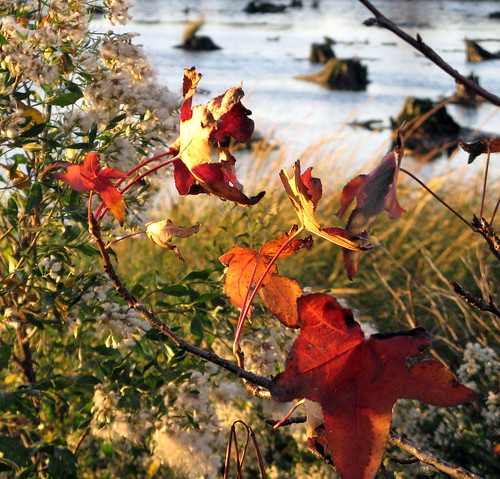
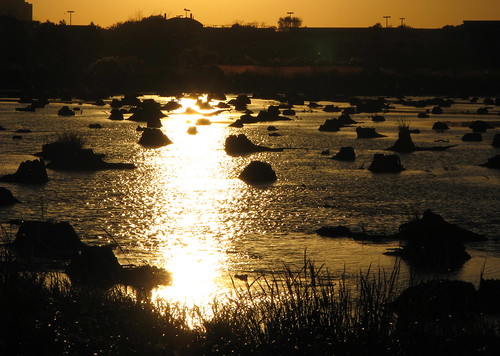
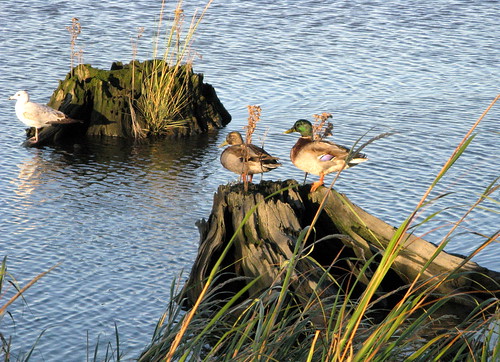
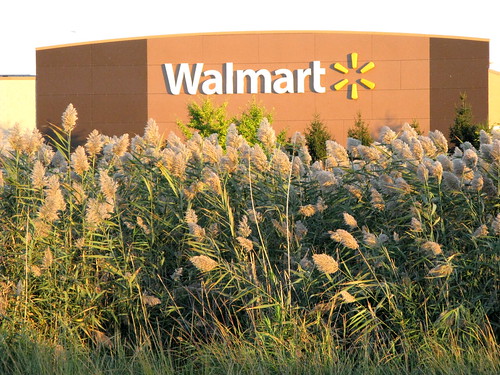

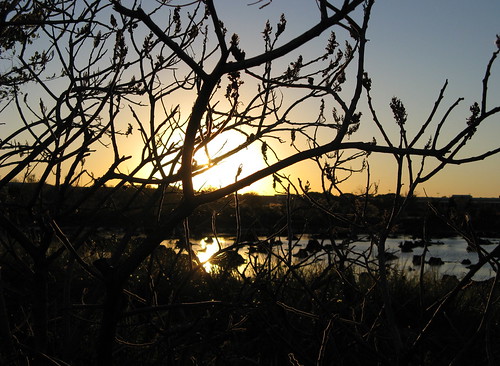



What a beautiful post! And great history, too. I’m old enough to remember when that part of New Jersey literally stank and was just desolate. So delighted to know that the Meadowlands actually has meadow lands. Love the photos, too.
Dear out walking…
Thank you – and very honored by your comments. Glad you liked the combo of the history and the photos, etc.
You are right — many of us recall a Meadowlands known more for its stench than its sights. And I think that image lives on. It’s interesting to think that the one word “Meadowlands” has come to almost have its own meaning vs. “meadow lands.” In this case, the latter is a peaceful and very life-affirming meadow, and may we preserve it that way.
Again, thanks!
Susan
What a wonderful post! Great observations and great pix. I will link to this on the Meadowlands Nature Blog.
Jim,
Many thanks to you! And I appreciate the link on your blog. I’ve read your blog many times. It’s a wonderful resource about the Meadowlands’ awesome and beautiful environment and wildlife. (In fact, I’m going to add the blog link to my post above.) Excellent photos!
I hope people are inspired by my post to explore the Meadowlands more. An excellent way to do that is by finding out about the nature events though your blog.
I’ve got to come back to the Meadowlands to see some of those buffleheads who recently returned.
Again, thank you.
Susan
Susan, I think this is the most eloquent piece you’ve posted. A bouquet of contrasts.
Gretchen,
Thank you for your very kind and wonderful response. That juxtaposition of the natural world and our encroachment upon it is something I feel very strongly about — so that must come through.
I love the way you describe that — “a bouquet of contrasts.” Talk about good language!
Susan
I just recently learned about this place and I simply love it. I live several hours away and I have become a frequent visitor. Your column has really captured the true spirit of the location. Very nice column, and I hope this will teach others to appreciate what little we really do have left and to help preserve these wonderful places.
Great grab! Thank you.
Mill Creek Enhancement Sites, on Google Maps
Can zoom in with satellite view…
Wonderful, great find! I can see the stuff from the road and always wanted to wander into it.
Like Palo Alto Park, in California, that has walking trails into the hills of golden oat grasses peppered with the deep green and the black on gold shadows of the live oaks.
Jeff,
It is great to have the affirmation of this unique place from someone like you who is a frequent visitor — especially because you love the marsh. I wrote the column in that spirit, to capture what we do have and impart how precious it is.
I think of the many lives of the Meadowlands over the centuries, and I believe we are fortunate at this time period that many are committed to the resurgence, enjoyment, and preservation of such natural places. And yes, so many other places are becoming lost.
I’d be very interested in your observations of Mill Creek Marsh anytime you’d like to share them here.
Thanks very much!
Susan
Gerald,
So great for you to post that Mill Creek Enhancement Sites map link and suggest the zoomed satellite view. Love it! Very nifty. It gives a good sense of the meandering waters, how large the marsh is, and yet just how the shopping and the New Jersey Turnpike, etc., are right up against the natural area. Makes me appreciate the restoration of the marsh even more and the return of the various birds.
So I am not the only one who has wondered, in my views from the highway, just what was back there in those grasses and where the waters flow.
Your writing about the park in Palo Alto really provides a feeling of being there. It sounds beautiful, especially your description of the colors.
Very appreciative that you found this exploration of Mill Creek Marsh to be a “great find.” Definitely check it out!
Susan